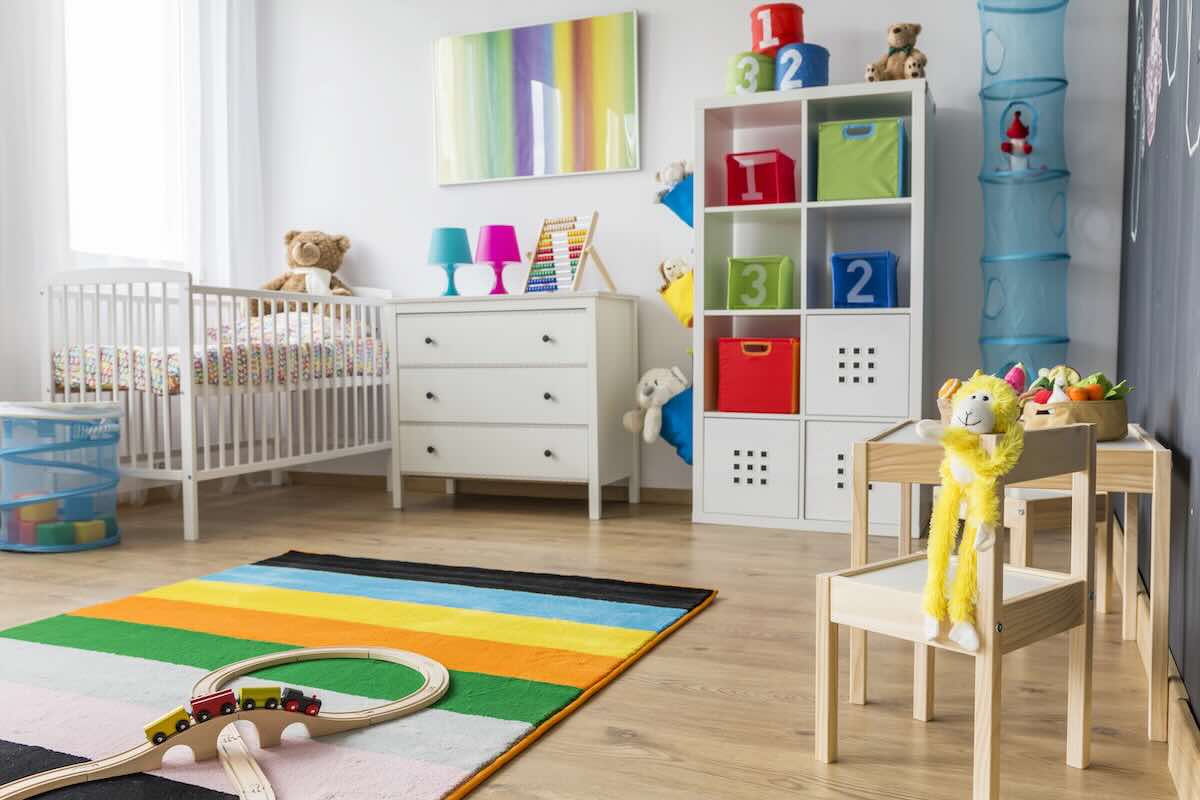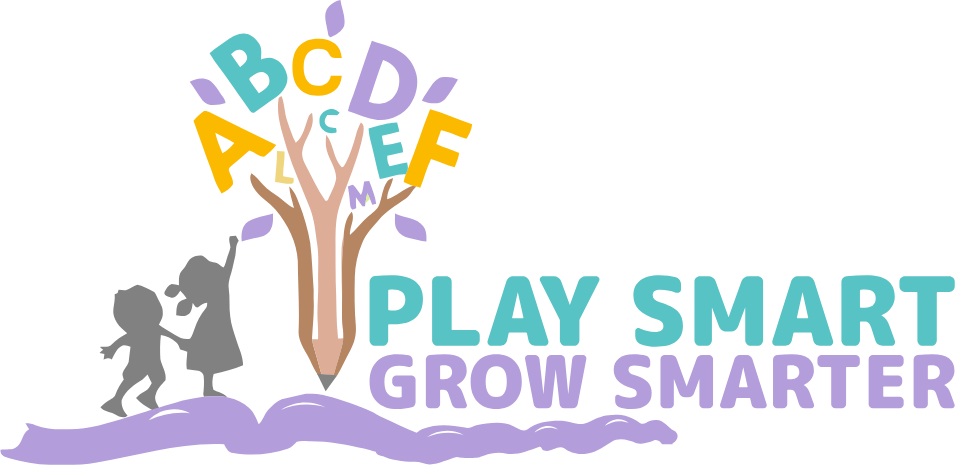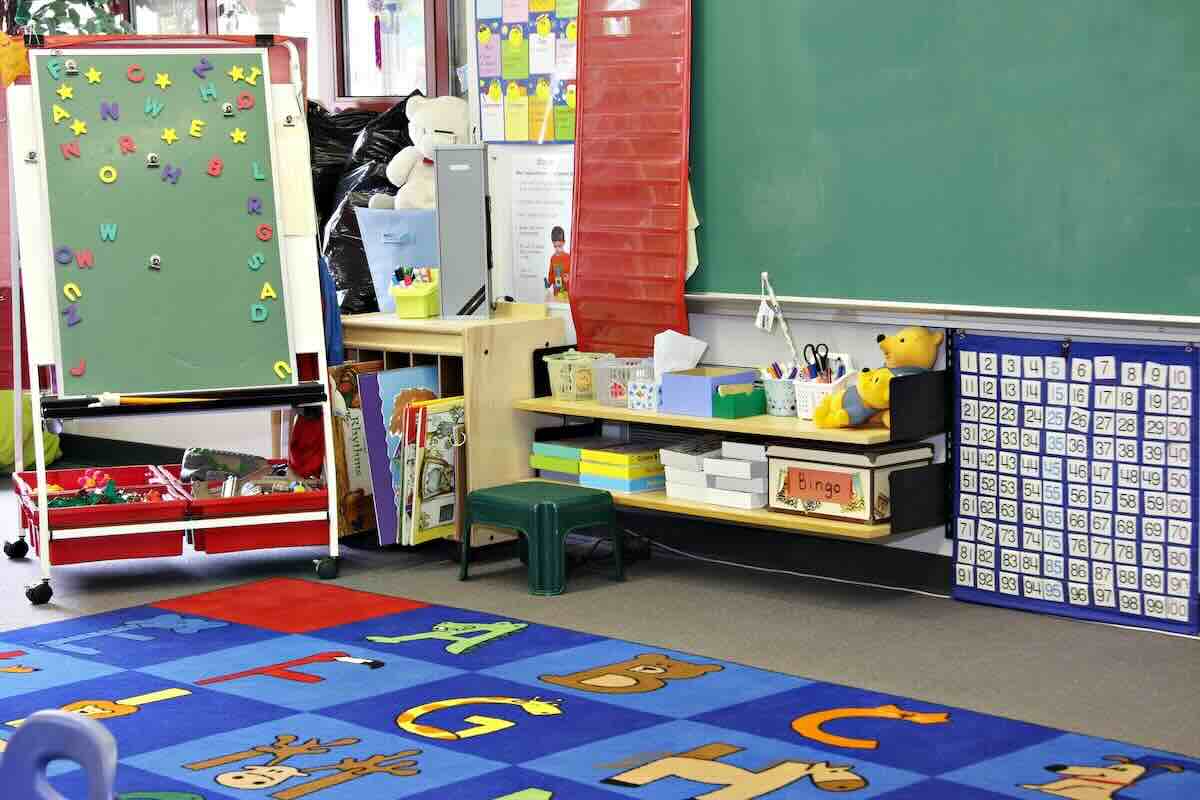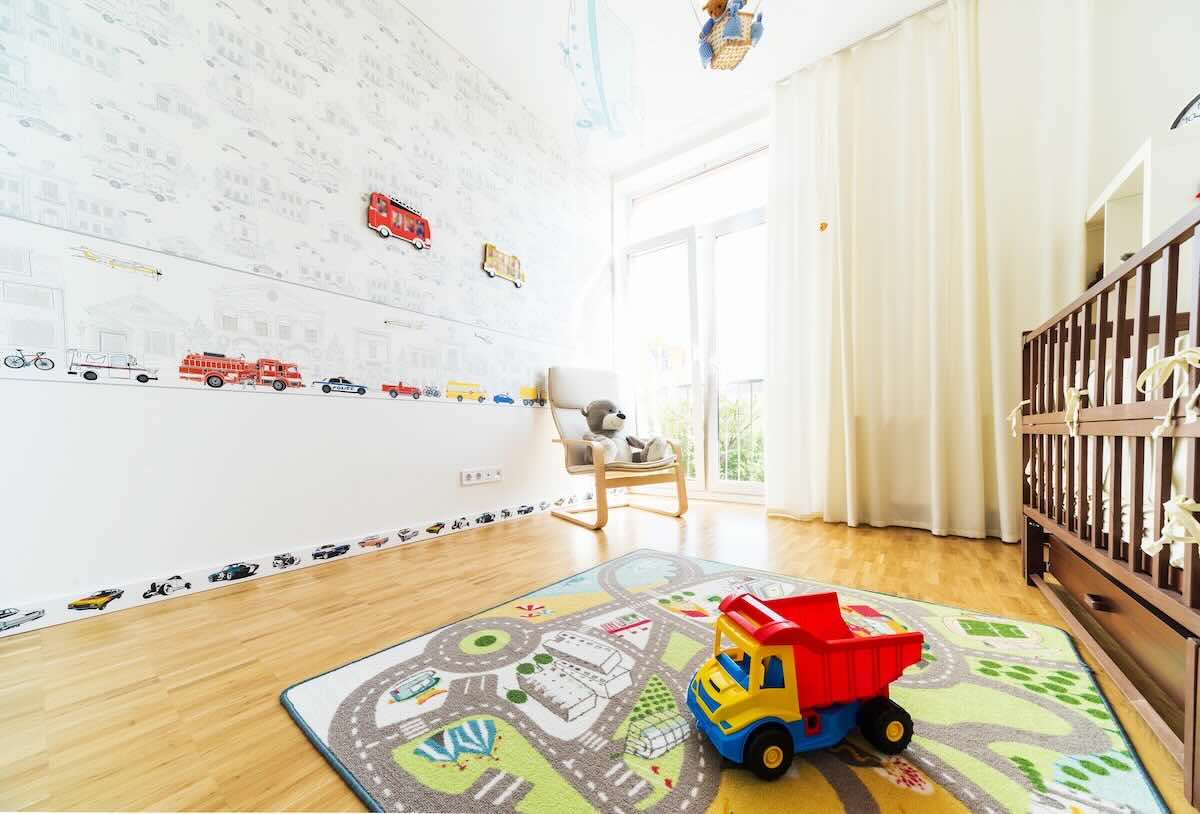
Classroom rugs need durability, comfort, safety, and easy maintenance to withstand high foot traffic while creating a cozy space for students. This guide compares popular materials like wool, nylon, and synthetic options to help you choose the best rug for your classroom needs.
Why Does Rug Material Matter in the Classroom?
The rug’s material affects how long it lasts, how comfortable it is, how easy it is to clean, and even how it impacts classroom air quality. Classrooms are active spaces, and the right rug can make all the difference in creating a safe and inviting environment. Here’s a closer look at the most popular materials and what makes each one unique.
Popular Classroom Rug Materials
Wool
Wool is a natural material that’s soft, insulating, and durable. Wool rugs are naturally flame-resistant and hypoallergenic, making them a great option for comfort and safety. They’re also sustainable, as wool is renewable and biodegradable. On the downside, wool rugs can be more expensive and sometimes require special cleaning.
Nylon
Nylon is a tough, synthetic fiber known for its durability and stain resistance, making it perfect for classrooms with lots of activity. It holds color well, so it stays vibrant, and it’s easy to clean. Nylon rugs can sometimes build up static electricity but are otherwise low-maintenance.
Polypropylene
Polypropylene (also called olefin) is another synthetic material known for its affordability and moisture resistance. It’s not quite as resilient as nylon, but it resists mildew and can be cleaned with water, making it a solid choice for rooms with lots of spills or moisture.
Polyester
Polyester is soft to the touch, holds colors well, and is more stain-resistant than natural fibers. However, it’s less durable than nylon and can wear down over time, especially in high-traffic areas.
Acrylic
Acrylic is often designed to mimic wool, giving it a natural look at a more budget-friendly price. It’s also resistant to mildew and fading. While it’s moderately durable, it may not last as long as other synthetics like nylon.
Blended Materials
Some rugs use blended fibers like wool-nylon or polyester-acrylic to combine strengths, such as durability with softness. Blends can offer a balance of qualities and are tailored for specific needs.
Important Features to Consider
Durability
For classrooms with lots of daily foot traffic, durability is key. Nylon takes the top spot here, as it’s very tough and resists flattening. Polypropylene and acrylic are moderately durable, but may not withstand heavy traffic as well as nylon.
Comfort
Comfort is a must for classrooms where students sit or play on the rug. Wool offers exceptional softness and warmth, while polyester and acrylic are also comfortable choices.
Safety
Safety is paramount in classrooms, so flame-resistant materials are a good choice. Wool naturally resists flames, while nylon can be treated to meet fire safety standards. Check labels to ensure the rug meets classroom safety requirements.
Ease of Cleaning
Classroom rugs need regular cleaning, so choose a material that makes maintenance easy. Nylon and polypropylene are both easy to clean, with great stain resistance. Wool requires a little more care, though it naturally repels stains.
Allergy Concerns
Some materials, like wool, can trigger allergies. If allergens are a concern, polypropylene and nylon are hypoallergenic and won’t trap allergens like dust and dander.
Eco-Friendliness
For environmentally conscious buyers, wool stands out as the most eco-friendly choice. Wool is biodegradable and renewable, while some polyester rugs are made from recycled materials, making them a more sustainable synthetic option.
Wrapping It Up
Choosing the best rug material for a classroom depends on your needs. Nylon and polypropylene are affordable and durable choices, ideal for high-traffic classrooms. For classrooms focused on comfort and sustainability, wool and acrylic offer softness and warmth but may require a higher budget. Remember to balance your priorities, whether it’s comfort, durability, safety, or ease of cleaning, and you’ll find the best fit for your classroom.
Classroom Rug Material Comparison Table
| Material | Durability | Comfort | Safety | Ease of Cleaning | Allergy Friendly | Eco-Friendliness |
|---|---|---|---|---|---|---|
| Wool | High | Very High | Excellent (natural) | Moderate | May trigger allergies | Very eco-friendly, renewable |
| Nylon | Very High | Moderate | Good (when treated) | Very Easy | Hypoallergenic | Moderate (synthetic) |
| Polypropylene | Moderate | Moderate | Fair | Easy | Hypoallergenic | Moderate (synthetic) |
| Polyester | Moderate | High | Fair | Easy | Hypoallergenic | Potentially eco-friendly if recycled |
| Acrylic | Moderate | High | Good | Moderate | Hypoallergenic | Moderate (synthetic) |
| Blended | Varies | Varies | Varies | Varies | Varies | Varies |










